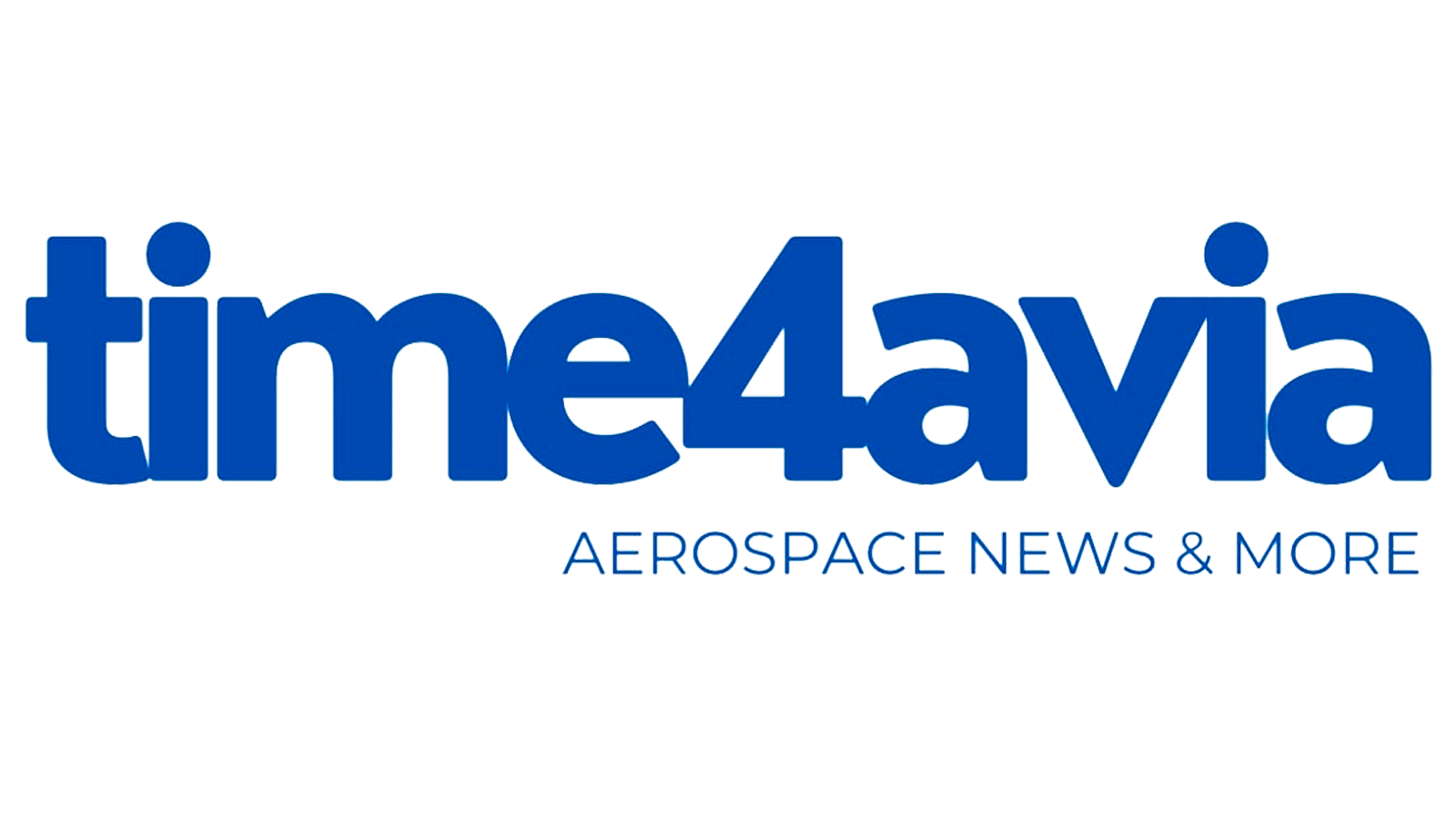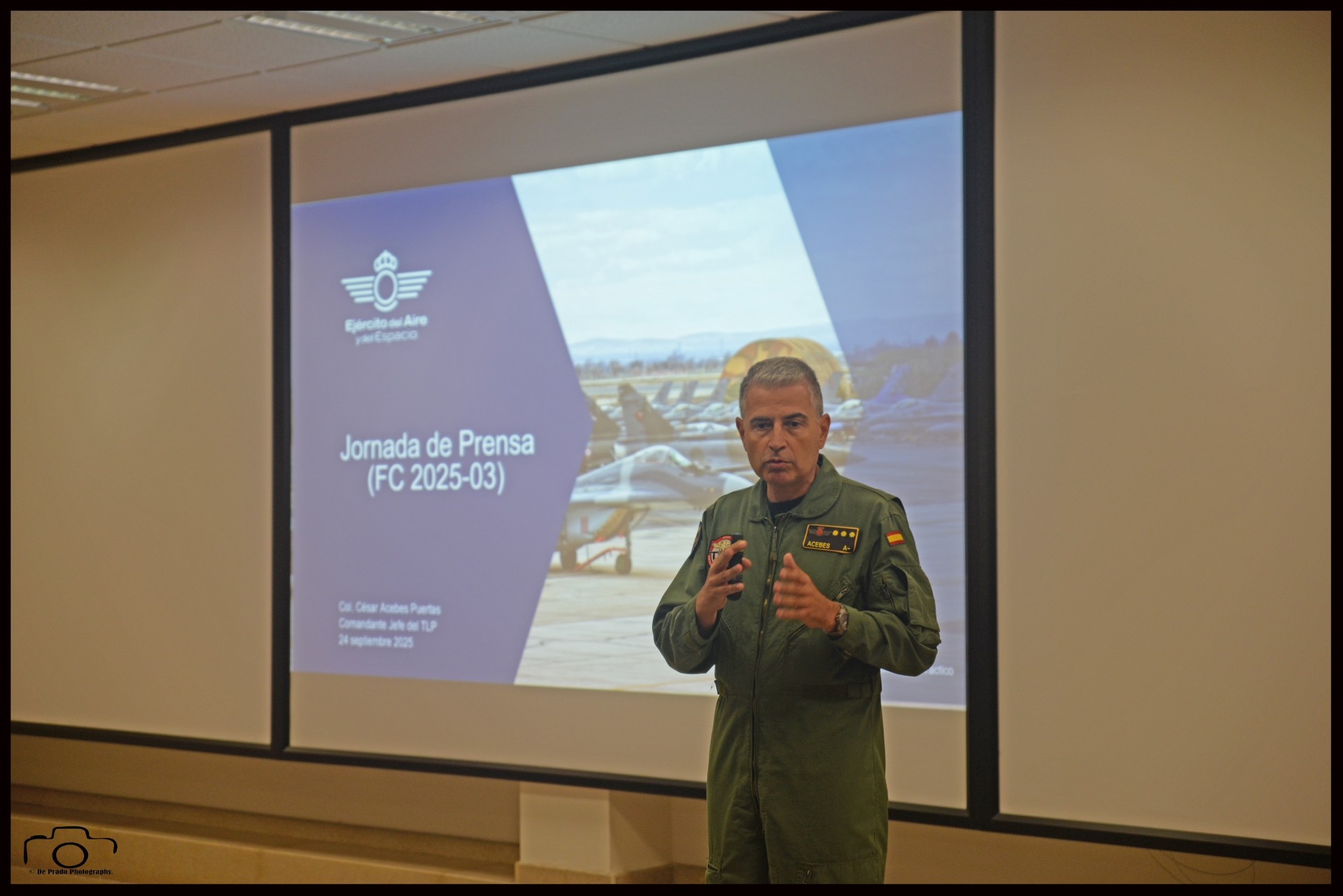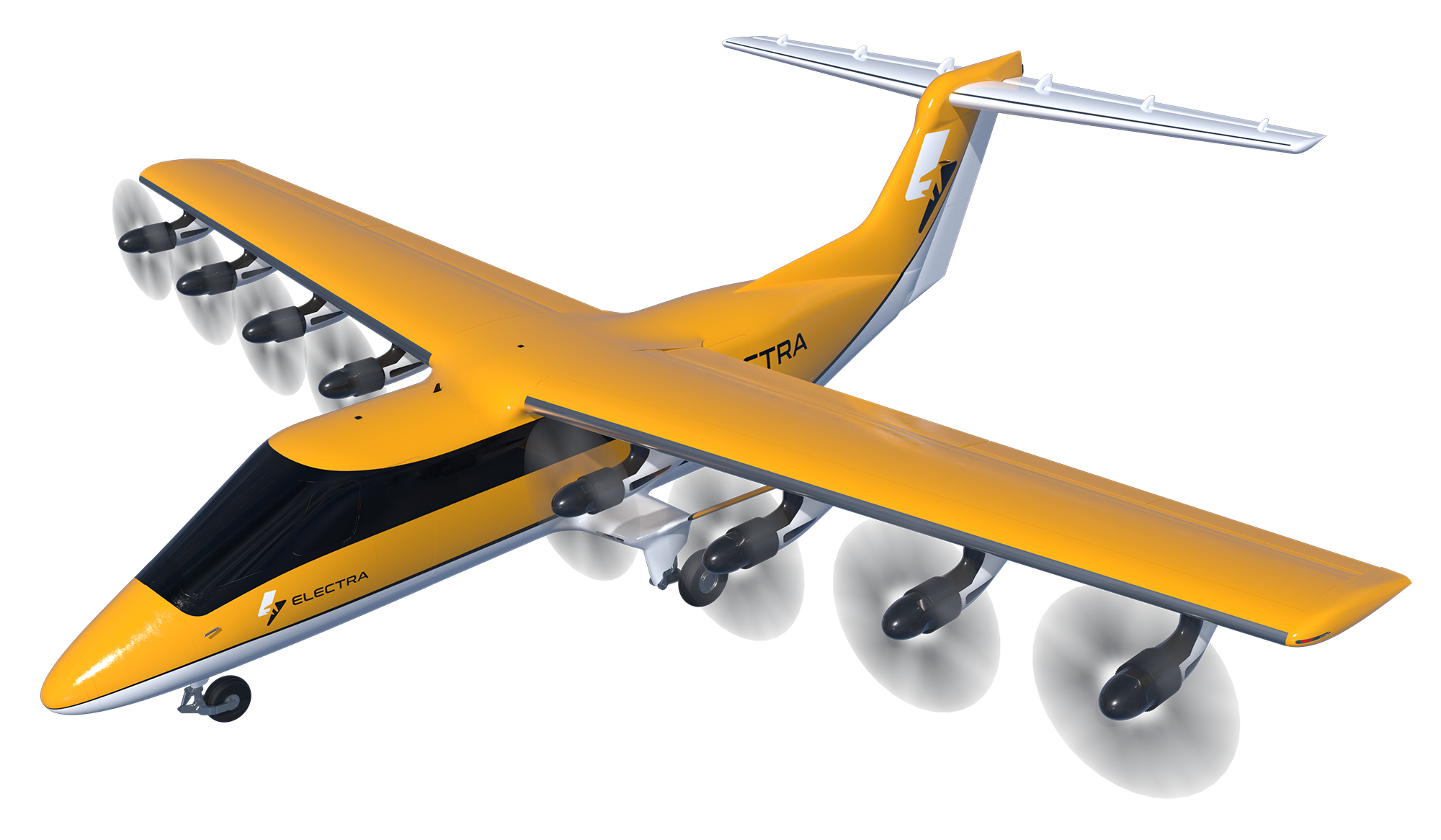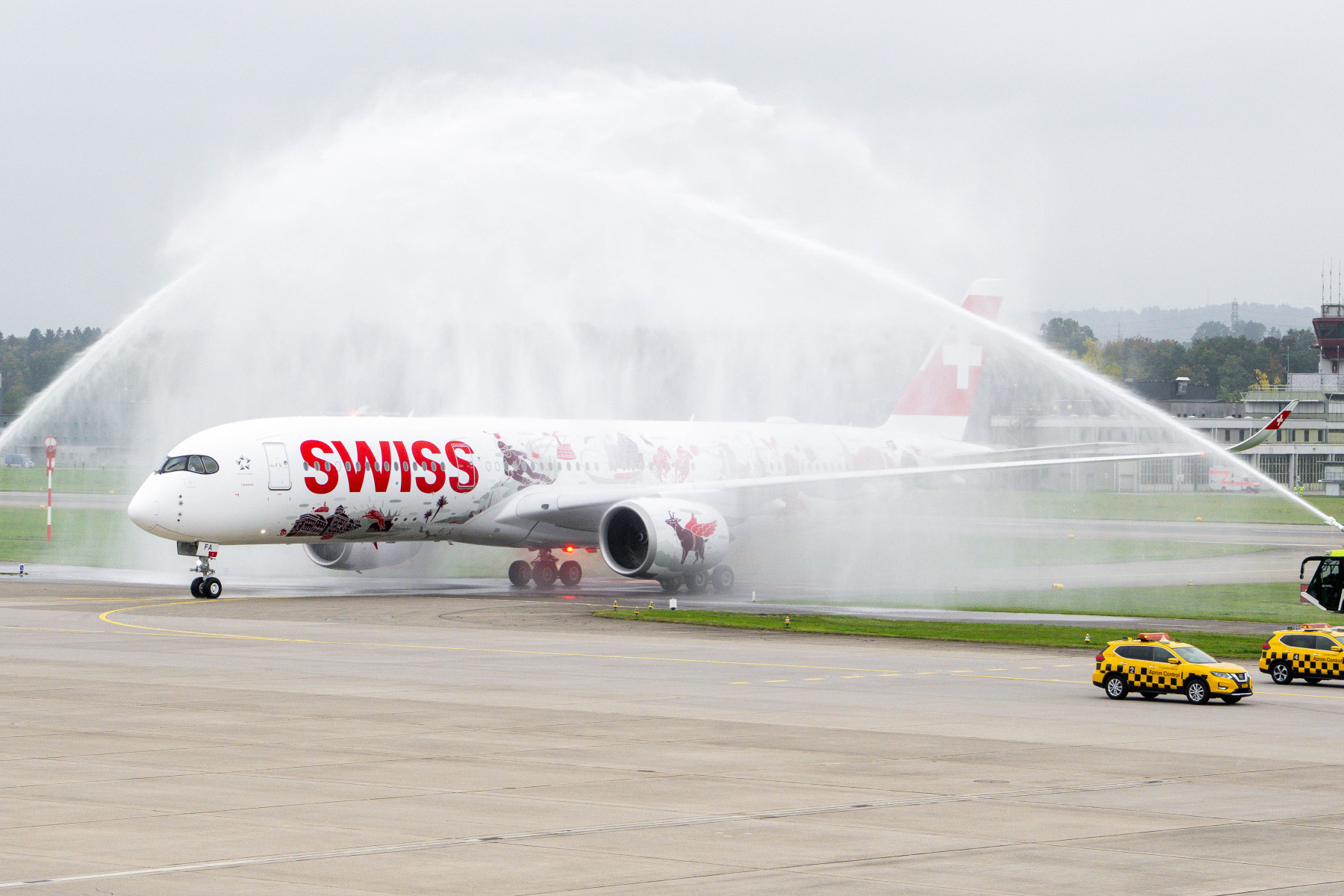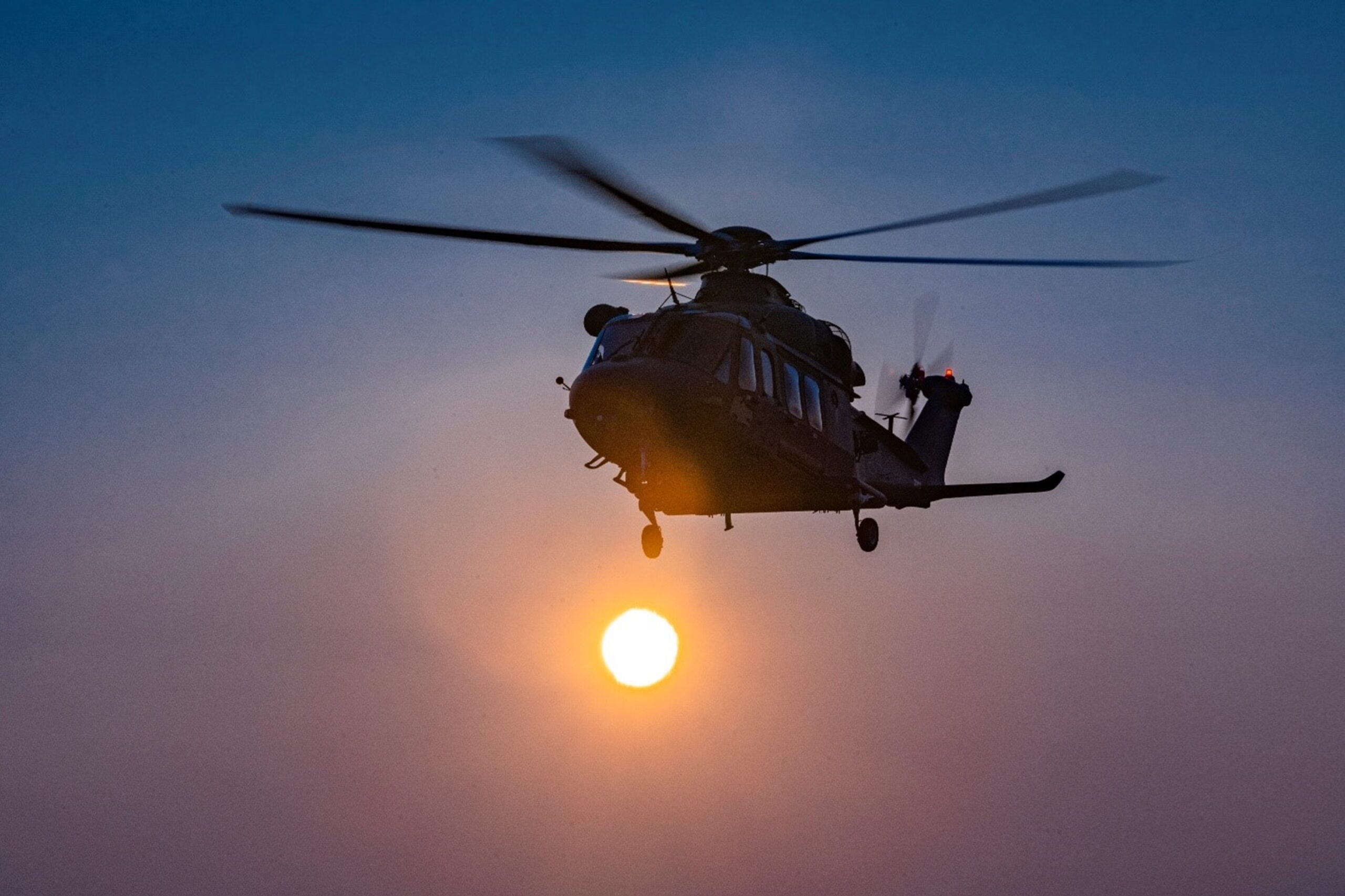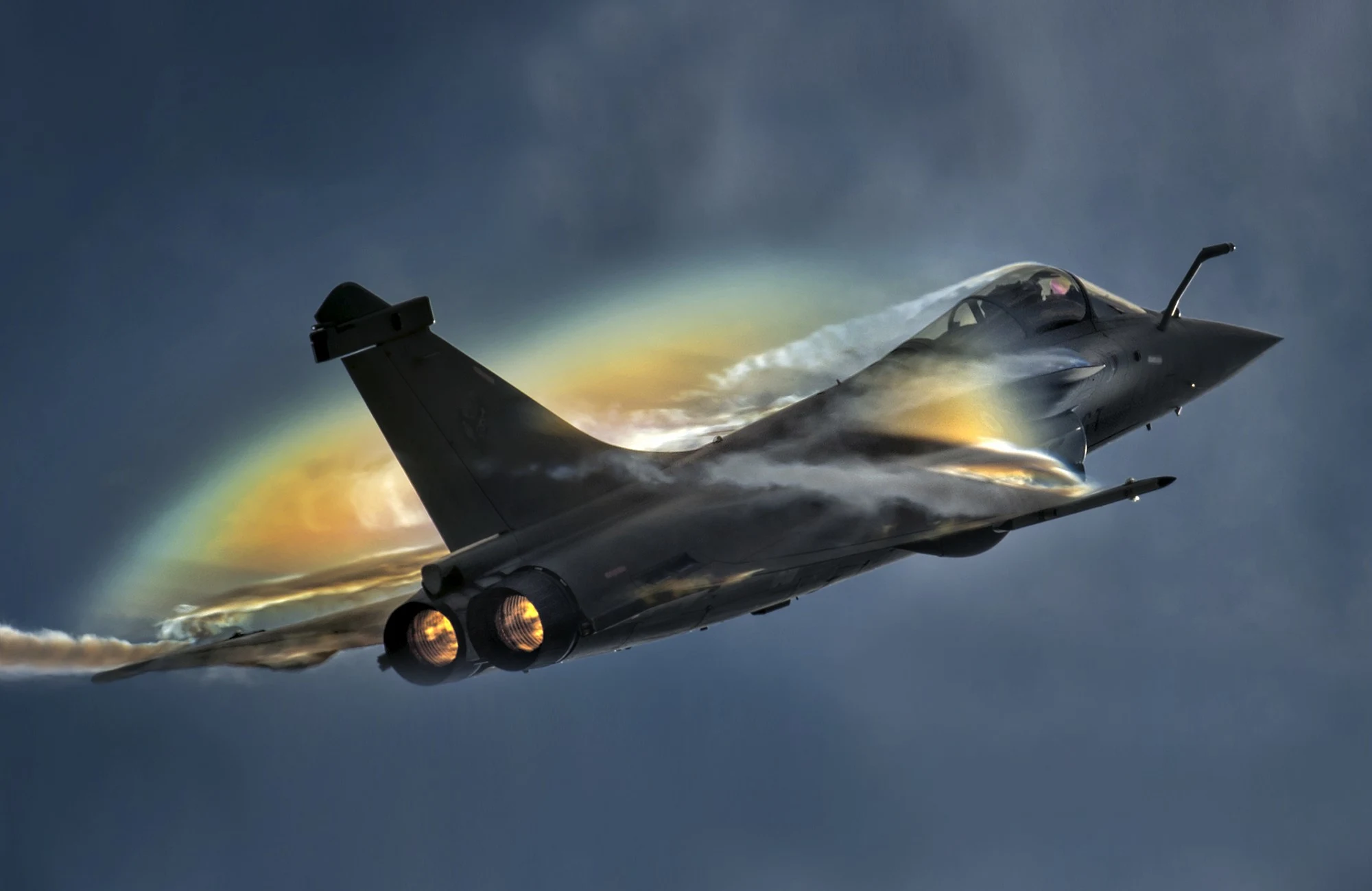Text; Ferran Marín Pellicer, Imáges; NASA.
The Parker Solar Probe spacecraft has spent the past six years preparing for this moment. Launched in 2018, it made seven flybys of Venus to get ever closer to the Sun. With its final Venus flyby on November 6, 2024, the spacecraft reached its optimal orbit. This oval orbit places the spacecraft at an ideal distance from the Sun every three months—close enough to study mysterious solar processes, but not so close that it is affected by the Sun’s heat and harmful radiation. The spacecraft will remain in this orbit for the remainder of its primary mission.
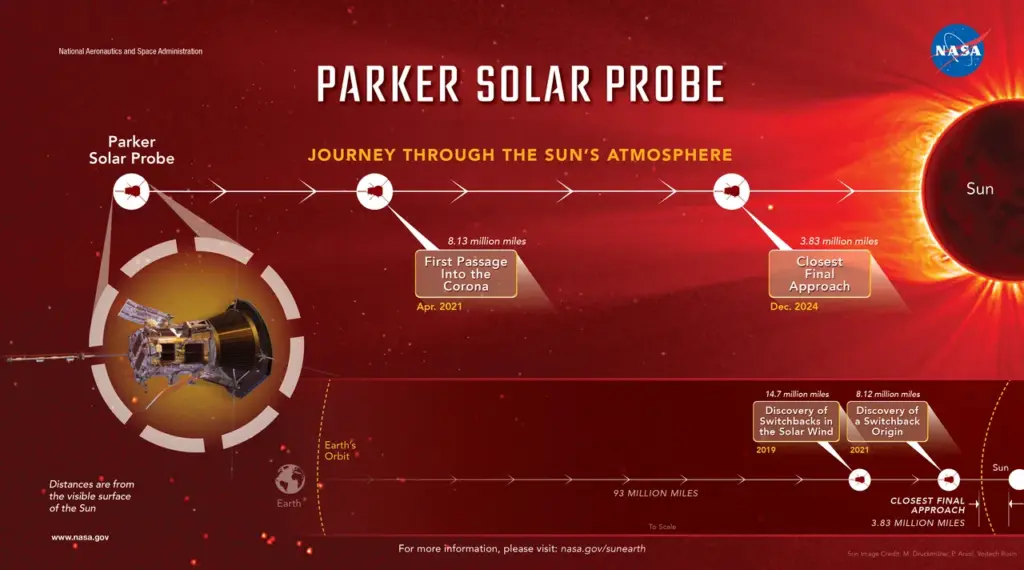
“Parker Solar Probe is challenging one of the most extreme environments in space and exceeding all expectations,” said Nour Rawafi, Parker Solar Probe project scientist at the Johns Hopkins Applied Physics Laboratory (APL), which designed, built, and operates the spacecraft from its campus in Laurel, Maryland. “This mission is ushering in a new golden age of space exploration, bringing us closer than ever to unlocking the Sun’s deepest and most enduring mysteries.”
Near the Sun, the spacecraft is protected by a carbon foam shield to insulate it from the extreme heat of the upper solar atmosphere called the corona, which can exceed a million degrees Fahrenheit. The shield was designed to reach temperatures of 2,600 degrees Fahrenheit—hot enough to melt steel—and keep the instruments behind it at a comfortable ambient temperature. In the hot but low-density corona, the spacecraft’s shield
